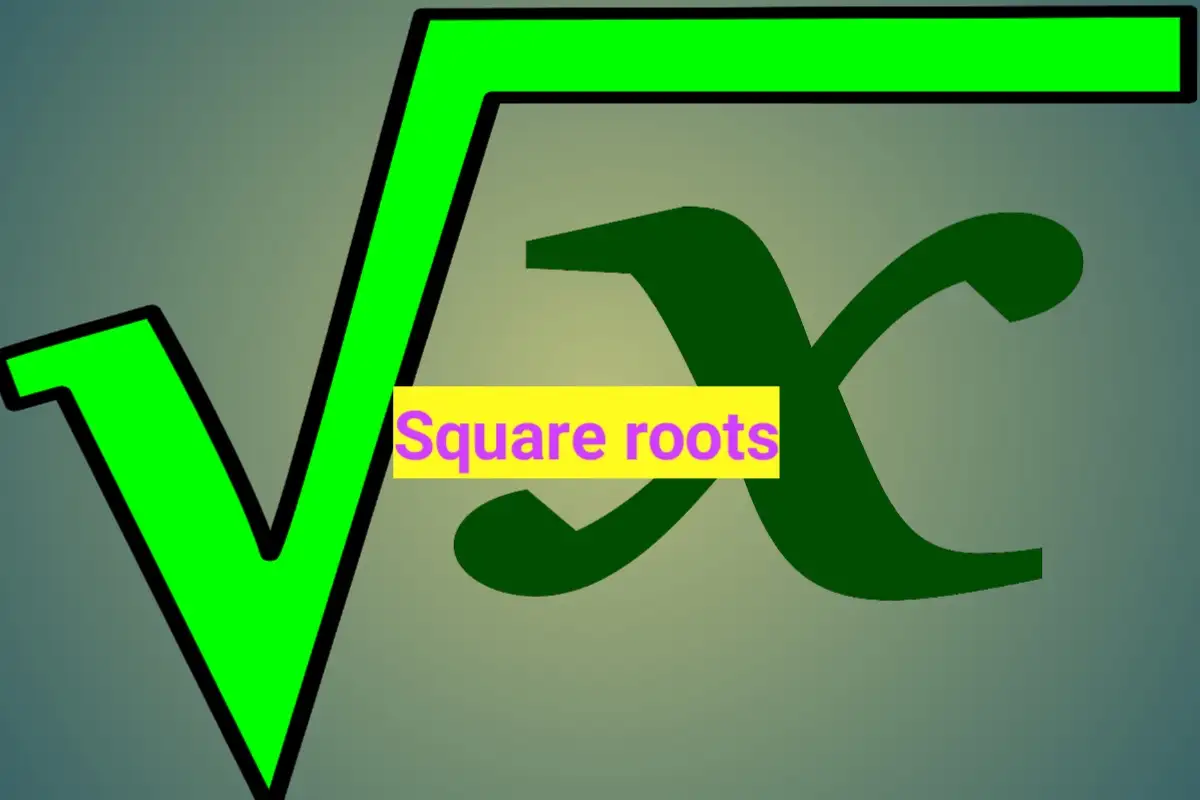Squares, a fundamental shape in geometry, possess unique and intriguing properties that have fascinated mathematicians and learners alike. From their basic characteristics to advanced mathematical relations, the properties of squares extend far beyond textbook definitions. In this article, we delve into the world of squares, exploring their various dimensions, applications, and historical significance.
I. Introduction for Properties of Squares
A. Brief definition of squares
Squares are geometric shapes with four equal sides and four right angles. They hold a special place in mathematics due to their simplicity yet profound implications.
B. Importance of understanding square properties
Understanding the properties of squares is crucial for building a solid foundation in geometry. It not only enhances mathematical skills but also contributes to various fields such as architecture, art, and technology.
II. Basic Properties
A. Definition of a square
A square is a polygon with four sides of equal length and four right angles. This uniformity in shape gives squares their distinct characteristics.
B. Characteristics of squares
1. Equal sides
All four sides of a square are of equal length, a defining feature that sets it apart from other polygons.
2. Right angles
Each internal angle in a square measures 90 degrees, creating a shape with precise symmetry.
3. Diagonals
The diagonals of a square bisect each other at right angles, forming four congruent right-angled triangles.
III. Perimeter and Area
A. Formulas for perimeter and area
The perimeter of a square is the sum of its four sides, while the area is calculated by squaring the length of one side.
B. Real-life applications
These formulas find practical applications in real life, from calculating fencing for a garden to determining the material needed for a square-shaped room.
IV. Special Types of Squares
A. Perfect squares
Perfect squares are numbers that can be expressed as the product of an integer multiplied by itself. Understanding perfect squares is essential for various mathematical concepts.
B. Magic squares
Magic squares, intriguing mathematical puzzles, involve arranging numbers in a square grid so that the sum of the numbers in each row, column, and diagonal is the same.
V. Mathematical Relations
A. Relationship with other geometric shapes
Squares have unique relationships with circles, rectangles, and triangles, providing insights into broader geometric concepts.
B. Square roots and their significance
Square roots, a fundamental mathematical operation, are closely linked to the properties of squares and have applications in advanced mathematical fields.
VI. Visualizing Square Properties
A. Geometric illustrations
Visual aids and geometric illustrations help learners grasp the properties of squares more intuitively.
B. Interactive tools for better understanding
Technological advancements have led to the development of interactive tools that enhance the visualization of square properties, making learning more engaging.
VII. Applications in Daily Life
A. Architecture
Squares play a significant role in architecture, influencing the design of buildings, rooms, and urban spaces.
B. Art and design
Artistic endeavors often incorporate the principles of squares, showcasing their aesthetic appeal and balance.
VIII. Challenges and Puzzles
A. Square-based puzzles
Challenges and puzzles centered around squares stimulate critical thinking and problem-solving skills.
B. Problem-solving strategies
Developing effective problem-solving strategies is essential for tackling square-based puzzles and mathematical challenges.
IX. Historical Significance
A. Ancient uses of squares
Historically, squares held cultural and symbolic significance, appearing in ancient art, architecture, and religious symbols.
B. Evolution in mathematical understanding
The study of squares has evolved over centuries, with advancements in mathematical understanding contributing to their multifaceted applications.
X. Advancements in Square Studies
A. Contemporary research
Ongoing research continues to uncover new aspects of square properties, expanding our understanding and applications in various fields.
B. Technological applications
Squares find applications in technology, from image processing to computer graphics, showcasing their relevance in the modern world.
XI. Teaching and Learning
A. Effective methods for teaching square properties
Incorporating hands-on activities and real-life examples enhances the learning experience when teaching square properties.
B. Educational resources
Various educational resources, including books, online courses, and interactive software, aid in comprehending and exploring square properties.
XII. Common Misconceptions
A. Addressing misconceptions about squares
Clarifying common misconceptions ensures a more accurate understanding of square properties among learners.
B. Clarifying key points
Emphasizing key points helps dispel misconceptions and reinforces the correct understanding of square properties.
XIII. Importance in Geometry
A. Role of squares in geometry
Squares play a foundational role in geometry, serving as a basis for understanding geometric principles and relationships.
B. Connections to broader mathematical concepts
Understanding square properties facilitates the comprehension of broader mathematical concepts, fostering a holistic understanding of mathematics.
XIV. Future Trends
A. Emerging areas of study
The study of squares continues to evolve, with emerging areas focusing on advanced mathematical theories and practical applications.
B. Potential applications
Anticipated future applications of square properties include advancements in technology, science, and mathematical research.
XV. Conclusion
A. Recap of key square properties
Squares, with their equal sides, right angles, and geometric precision, are foundational shapes with diverse applications and historical significance.
Go to my home page: Click here
